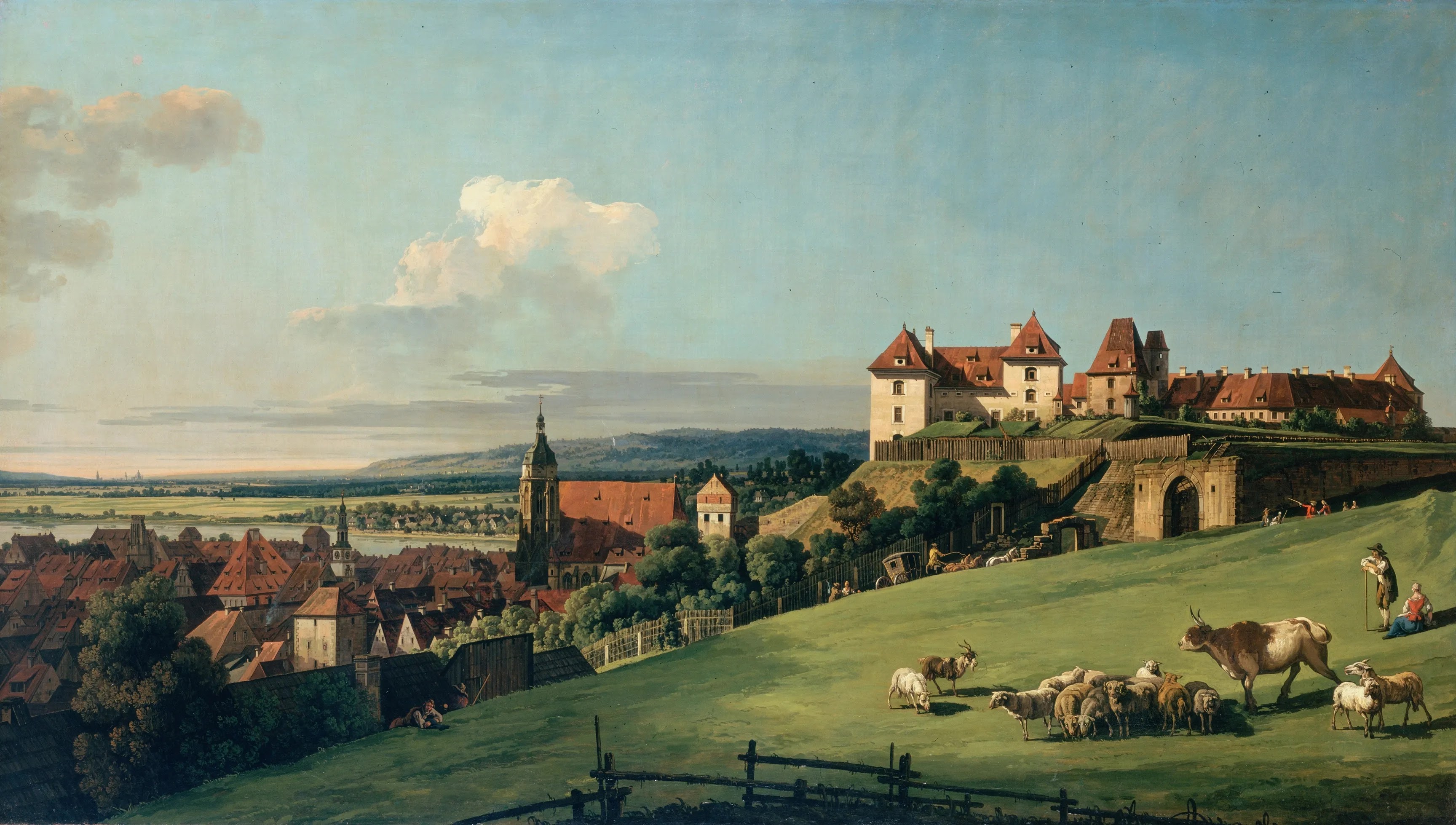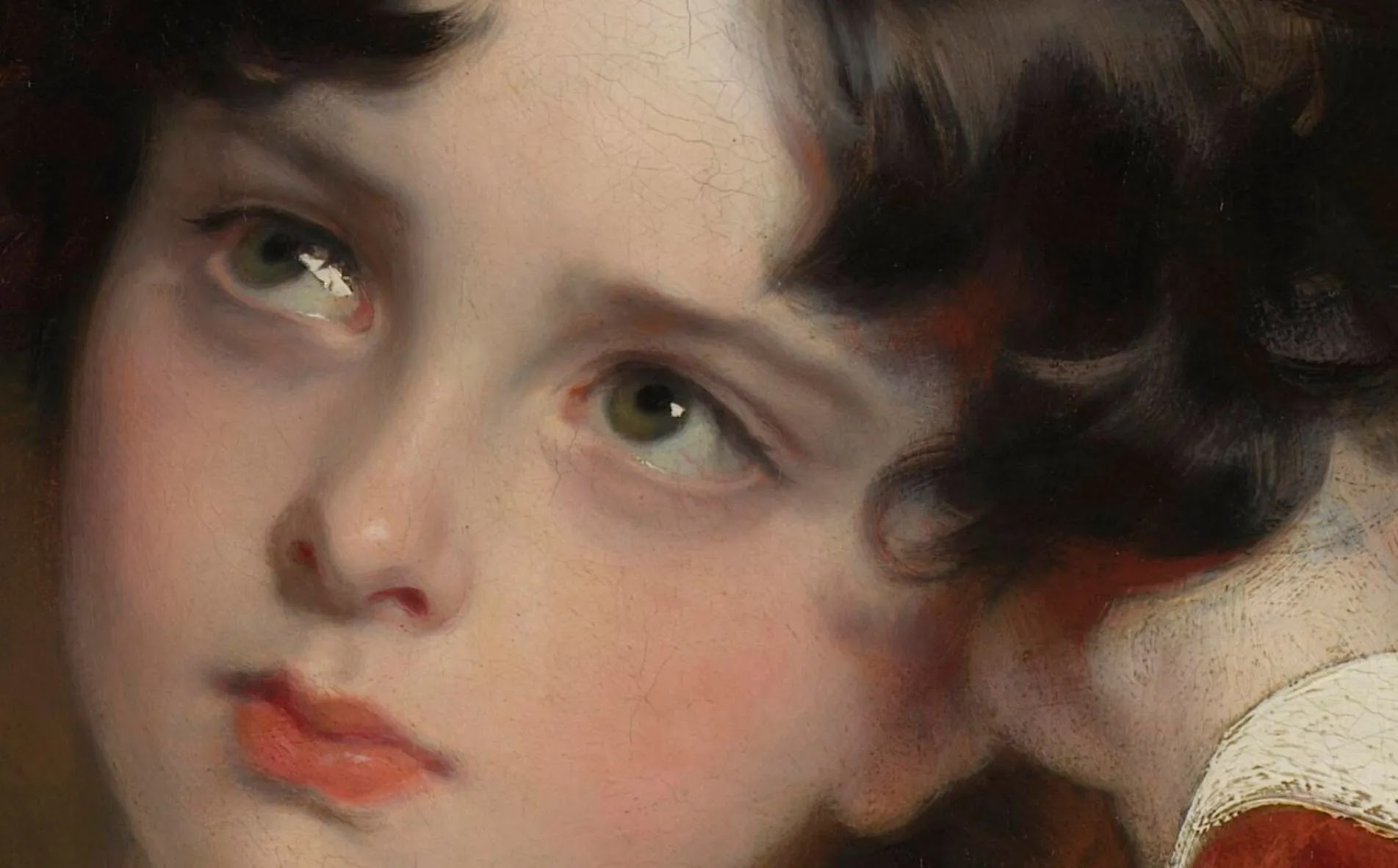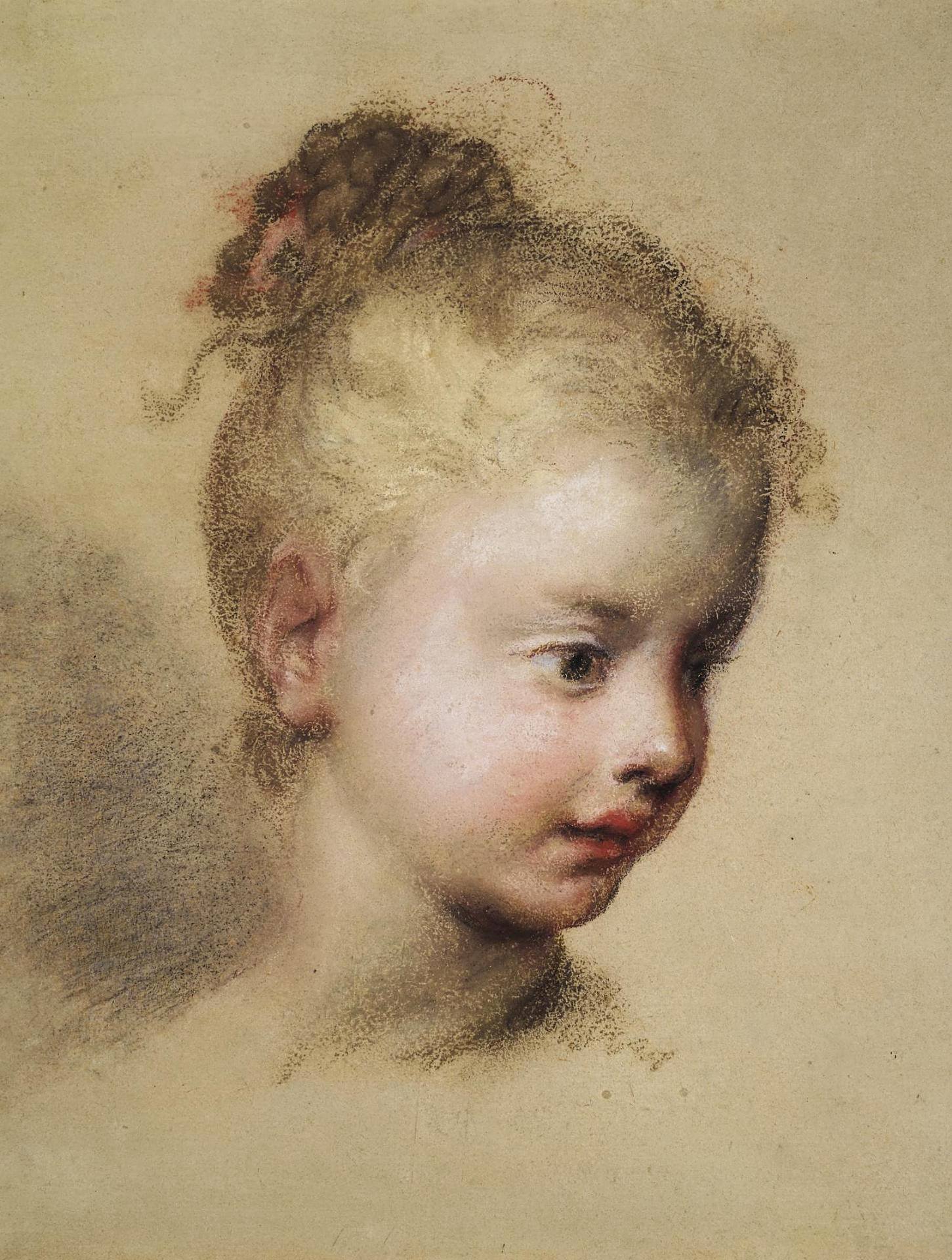Luigi Pirandello (28 giugno 1867 - 10 dicembre 1936) è stato un drammaturgo, romanziere, poeta e scrittore di racconti Italiano i cui maggiori contributi furono le sue opere teatrali.
Gli fu conferito il Premio Nobel per la Letteratura nel 1934 "per la sua audace ed ingegnosa rinascita dell'arte drammatica e scenica".
Le opere di Pirandello includono romanzi, centinaia di racconti e circa 40 opere teatrali, alcune delle quali sono scritte in siciliano.
Le farse tragiche di Pirandello sono spesso viste come precursori del Teatro dell'Assurdo.
Luigi Pirandello | Maschere e volti
Imparerai a tue spese
che lungo il tuo cammino
incontrerai ogni giorno
milioni di maschere
e pochissimi volti.
Pietro Longhi (Venice, 1701-1785) | Il Ridotto | Rijksmuseum Amsterdam















.jpg)
.jpg)
.jpg)
.jpg)


.jpg)
.jpg)

















